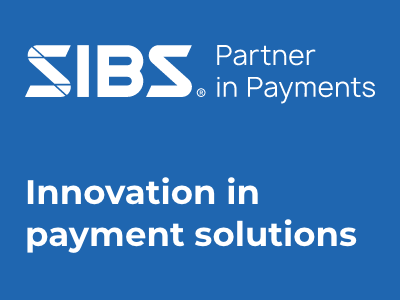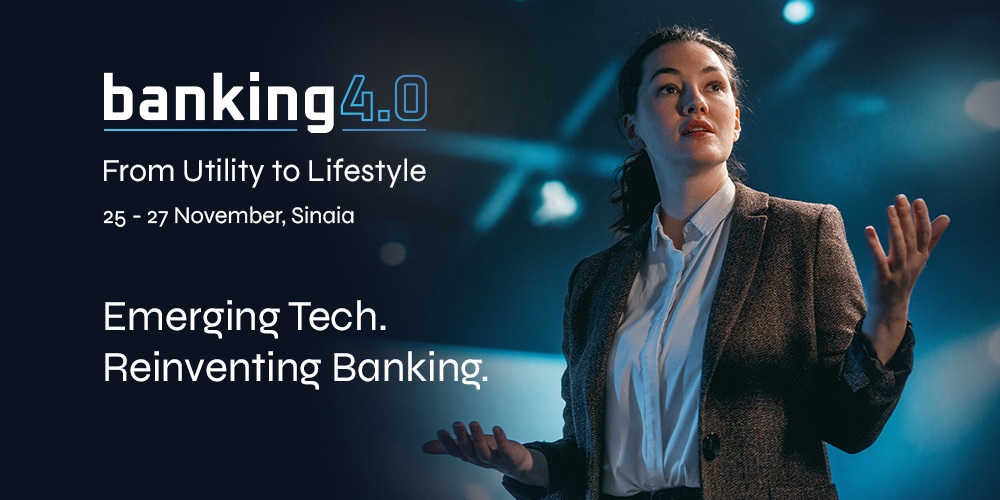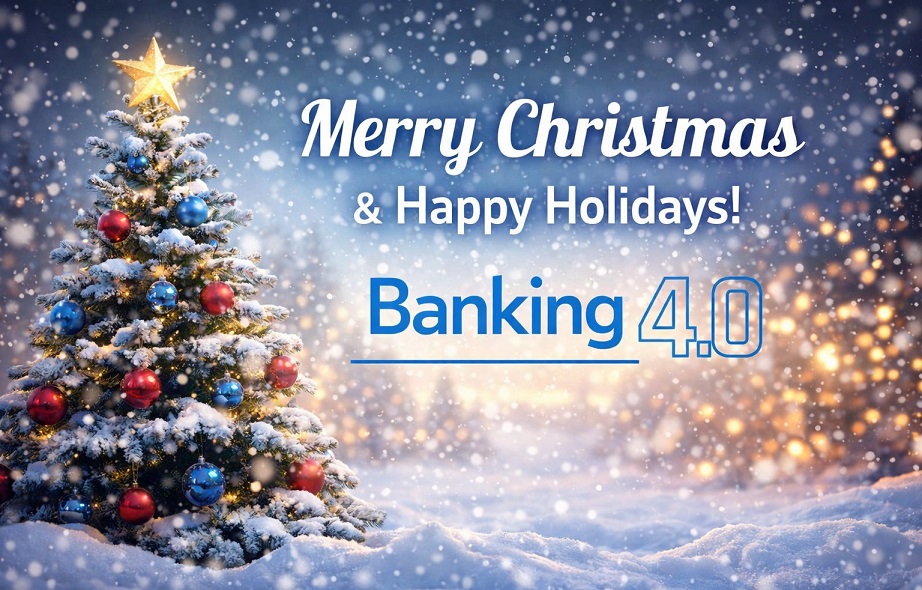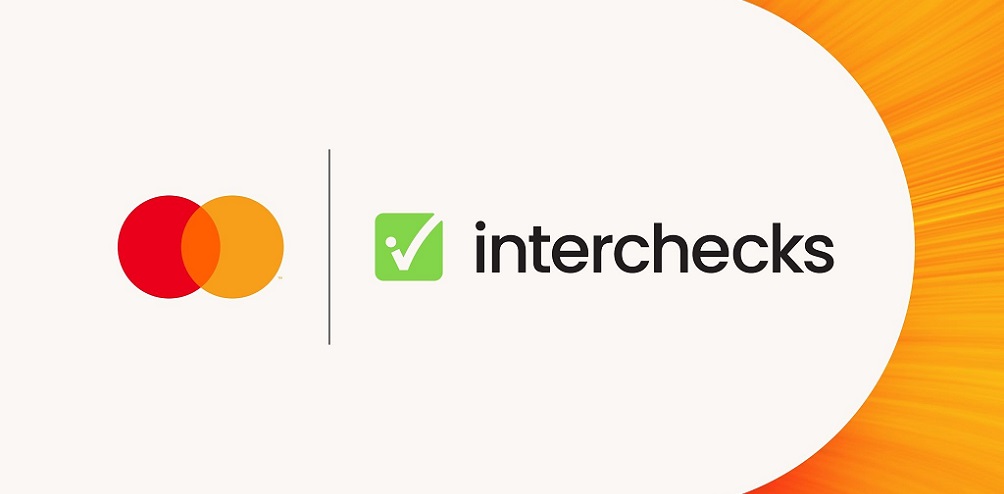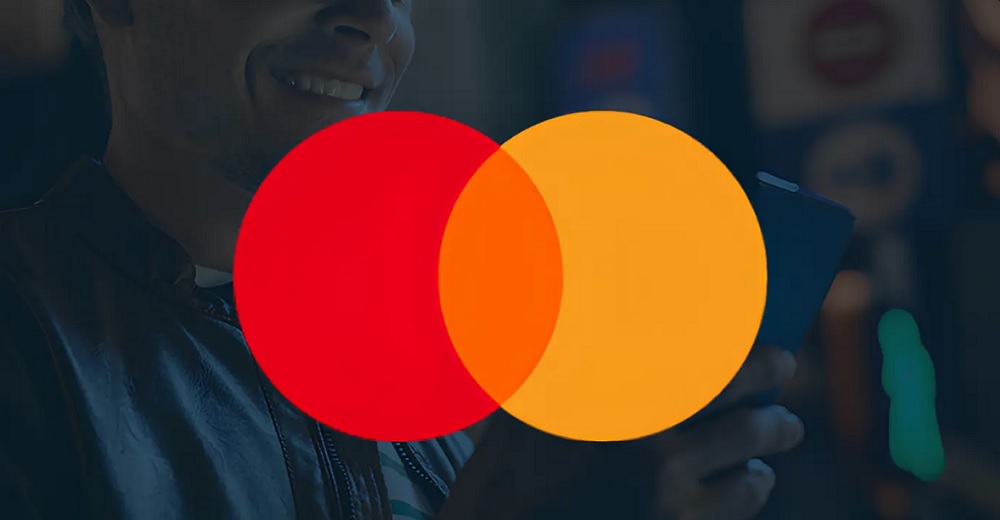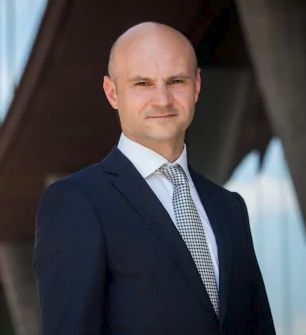PSD2 and Open Banking, a year on: „very few of the banks make good use of the new technology; there’s very little that can be shown”
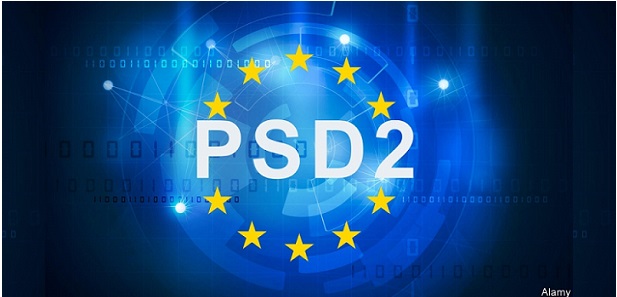
Last weekend marks a year since the launch of open banking, a government-backed initiative that introduced a secure way for consumers to give financial providers the ability to access their financial information, according to Financial Times.
The rules require (UK) banks to share their current account holder data through an integration technology called application programming interfaces (API). These APIs can then be used — with the customers’ permission — by third parties, including challenger banks, fintech firms, tech companies and credit reference agencies to open up the financial services industry, and provide consumers with products better suited to their individual needs.
“Open banking has been a bit of a damp squib until now,” says James Daley, managing director of consumer group Fairer Finance. “One year since launch we’ve seen very few of the banks make good use of the new technology and some have struggled even to keep up with the pace required by the Competition and Markets Authority (CMA). There’s very little that can be shown for all the work that has gone into open banking at this stage. But hopefully there is plenty to come this year.”
According to research by PwC, more than 33m people are expected to have signed up to open banking driven services by 2022. However, PwC said customers had been slow to do so because of concerns over companies they had never heard of having access to details of what they have spent and when they spent it.
“The idea of open banking was to drive competition and innovation and to give consumers the ability to save money and give them more financial choices, but it’s been overshadowed by fears over privacy and security of personal data,” says Andrew Hagger, personal finance expert at MoneyComms. “It was always going to be a slow burn, and people need to recognise a real benefit before they are prepared to dip their toe in the water.”
Mr Hagger said the launch had not been helped by the fact that some UK banks “have a poor record of keeping existing computer systems up and running, so bolting on new applications may not be a priority and seen as a bit of a risk.”
But the landscape is changing and experts predict that this year will see challengers, fintechs, and the high street banks continue to invest in open banking products — which most believe will result in tangible benefits for consumers.
The company overseeing the rollout, the Open Banking Implementation Entity (OBIE), revealed the first results.
„Today, we have over 100 regulated entities enrolled in Open Banking with in excess of 100 waiting to join. We expect the ecosystem to develop with even greater momentum and pace not least as we see greater conformance with the implementation of the Standards as well as greater innovation in the market.” says Imran Gulamhuseinwala, Trustee of the OBIE.
“Banks have very firmly moved from viewing open banking as a compliance exercise to an opportunity to compete and innovate,” he says. “They have worked hard to implement the standards despite many challenges and an ambitious timescale.”
One year of Open Banking – infographic
Key figures: 100 regulated providers made up of 67 third party providers and 33 account providers, with 17 third party providers live with customers
The tipping point is likely to be when consumers feel such apps are not a gimmick and can usefully save them money or time.
Examples could be giving an app permission to make an automatic “sweep” from a savings account into a current account to avoid unnecessary overdraft fees, or “informative nudges” that can save consumers money on their mortgage when new rates are released, says Samantha Seaton, chief executive of Moneyhub, a financial management platform.
She says such changes will “empower consumers and businesses in the UK and across Europe to achieve greater financial wellbeing” and adds that “as the potential is realised, the next few years will be transformational”.
High street versus superhighway
Traditional UK high street banks have been slowly but surely working on new digital services for customers. HSBC was one of the first to release an open banking app last year, Connected Money. By using the app, HSBC customers can see their current account as well as online savings, mortgages, loans and cards held with any other bank. The app is able to group customers’ total spending across 30 categories including grocery shopping and utilities, making it a nifty budgeting tool.
Santander has partnered with the Moneybox app to offer its customers the chance to connect their accounts and “round up” their spare change from banking transactions into a savings account.
Barclays customers can also view all of their bank accounts — even ones held with rival banks — in one app. The service uses new open banking technology to ensure that customers’ accounts are linked into the app securely without ever asking for sensitive details such as passwords. And as per open banking rules customers will be able to switch off access instantly at any time, at the touch of a button, through the same app.
However, it is new fintech savvy digital-only banks such as Monzo and Starling that have truly embraced open banking, according to experts. “It’s easier for them with in-house IT capability and without all the headache of big bank legacy IT systems — so at least they know they are not building on sand,” says Mr Hagger.
Starling Bank is particularly innovative, and allows customers access to its “Marketplace” where they can choose from a range of products and services that can be integrated with their account. So far, the offering includes Wealthify, a place to go for your Isas and investments, Pension Bee to view pension balances, YoYo Wallet, which allows customers to collect rewards and points automatically, online mortgage broker Habito and Kasko, a travel insurance app where people can compare policies.
Debt management
The latest development in the open banking arena, says Mr Gulamhuseinwala, is the move towards apps that “help address some of society’s issues, in particular in the debt advice area”. Credit scoring companies such as Experian and Equifax report that fintech companies have approached them to talk about how data sharing can enhance their own products and services — especially where it can be used to increase financial inclusion and help people access more affordable, streamlined services.
“We’ve seen a number of exciting new personal finance management tools emerge, helping people manage their money more effectively with the extra insight provided through open banking,” says Jon Roughley, director of innovation at Experian.
“This additional source of data can also be particularly helpful for building out the financial records of the ‘credit invisible’ population — people with little or no viable financial information to draw upon — helping them to access both mainstream finance and crucial public services online.”
Experts believe open banking may even bring access to financial advice to those who need it most — people in debt.
“If you make things more efficient, it makes it easier to reach people who might otherwise ignore their finances,” says Sean Hawkins, strategic partnerships manager at Ascentric, an online platform that brings together investments and pensions from different providers. Speaking at a recent roundtable hosted by technology provider Bravura Solutions, he added that people leaving university with debts “might simply think their finances are bad and ignore the issue. Open banking makes advice more inclusive.”
A question of trust
Despite the numerous applications of the new technology, concerns about security that are yet to be dispelled and the industry is seeking ways to reassure customers. The promises that open banking pioneers have made are easier budgeting, better deals and more control. If these translate into pounds and pence gains, trust is maintained and data are respected, experts say we can expect the mass adoption of innovations like budgeting apps, digital money assistants and dashboards in the future.
Becky O’Connor, a personal finance specialist at life insurer Royal London, said: “At the moment, what we have is a lot of competing apps that, to the average user, do roughly the same thing — track and categorise spending, add savings goals and let you see if you are on course to achieve them. Many providers are not on board. The industry is still finding its feet, working out how to be most useful to banking customers and there are kinks to iron out.”
Although awareness of open banking is still low one year on, Ms O’Connor says: “In a way, people don’t really need to know the term. What matters more is that as more people sign up to services that have adopted open banking, they actually see some financial benefit — and their data are not misused.”
For open banking to gain traction in the year ahead, banks and app providers will need to build trust and educate customers on the safety of their data — and to prove that by sharing this information it delivers value.
How banks’ APIs will function elsewhere in Europe is also a thorny question, according to the Economist. Until that is answered, “important parts of the political and regulatory landscape will remain unclear,” says Daniel Kjellen of Tink, a Swedish account aggregator. Last year the European Banking Authority, a regulator, drew up technical standards, due to come into force in September. Banks are supposed to have APIs in place well before then, so that third parties can test them and regulators approve them.
Financial-technology firms worry, for example, that banks will redirect customers to their own apps to authorise the use of data. This could make the process cumbersome and put people off new services.
Articles on the same subject:
The Economist – The slow-burning effects of Europe’s new data rules
Finextra – Open Banking year one: Insights from the CMA9 and more
Dariusz Mazurkiewicz – CEO at BLIK Polish Payment Standard
Banking 4.0 – „how was the experience for you”
„To be honest I think that Sinaia, your conference, is much better then Davos.”
Many more interesting quotes in the video below:
